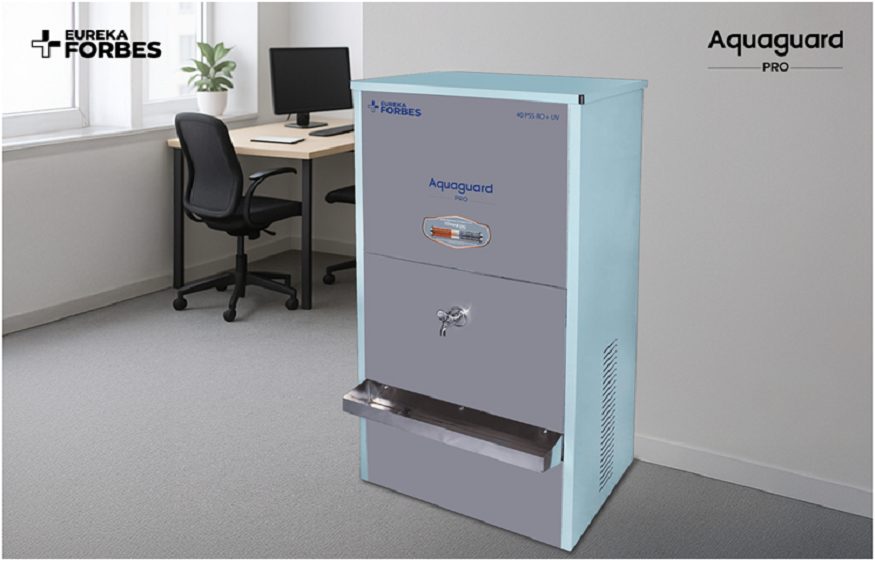When managing your finances, personal loans are a versatile tool that can help you navigate various financial situations.
The interest rates attached to these loans are important in determining whether you can afford to borrow the money. What might surprise you is that the repo rate, often heard in economic discussions, can significantly impact your personal loan interest rates.
Before diving into the connection between repo rates and personal loan interest rates, let’s clearly understand what the repo rate is.
What is a repo rate?
The Reserve Bank of India (RBI), the country’s central banking institution, sets a monetary policy to control inflation and ensure economic stability. The repo rate, short for repurchase rate, is a tool used by the RBI to regulate the money supply in the economy.
The interest rate at which the RBI lends money to commercial banks for a short period, usually backed by government securities, is known as the interbank lending rate. Changes in the repo rate are part of the RBI’s efforts to manage inflation and overall economic growth.
How repo rate affects your personal loan interest rates
Now that you know the repo rate, let’s explore how it influences the interest rates on your personal loans.
Transmission of monetary policy:
When the RBI adjusts the repo rate, it creates a chain reaction in the lending landscape. Commercial banks borrow funds from the RBI at the repo rate, and any change in this rate prompts banks to review their own lending rates.
If the repo rate is decreased, banks may lower the interest rates on personal loans to attract more borrowers. Conversely, increasing the repo rate could lead to higher personal loan interest rates as banks try to maintain their profit margins.
Impact on borrowing costs:
Personal loan interest rates are directly related to the cost of borrowing for banks. When the repo rate goes down, banks find it cheaper to borrow from the RBI, which can reduce their overall borrowing costs. As a result, banks may pass on these cost savings to you in the form of lower personal loan interest rates.
On the other hand, if the repo rate rises, banks might raise their lending rates to manage their increased borrowing expenses, potentially making personal loans more expensive for you.
Liquidity and economic conditions:
The repo rate also reflects the market’s prevailing economic conditions and liquidity. In times of economic uncertainty or high inflation, the RBI might increase the repo rate to tighten the money supply and control spending.
This could lead to an uptick in personal loan interest rates as banks become more cautious with lending. Conversely, decreasing the repo rate during economic growth could stimulate borrowing and lower personal loan interest rates.
To wrap up
Changes in the repo rate can trigger adjustments in lending rates by commercial banks, affecting the cost of borrowing for individuals seeking personal loans. Before applying for a personal loan, take advantage of online resources like personal loan EMI calculators to estimate your monthly instalments accurately.













